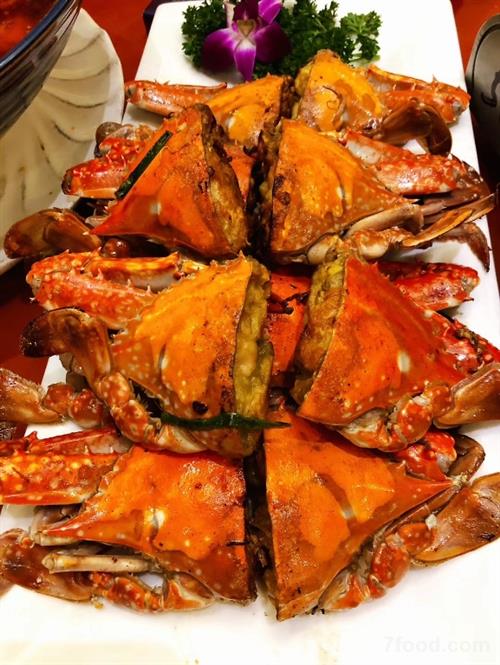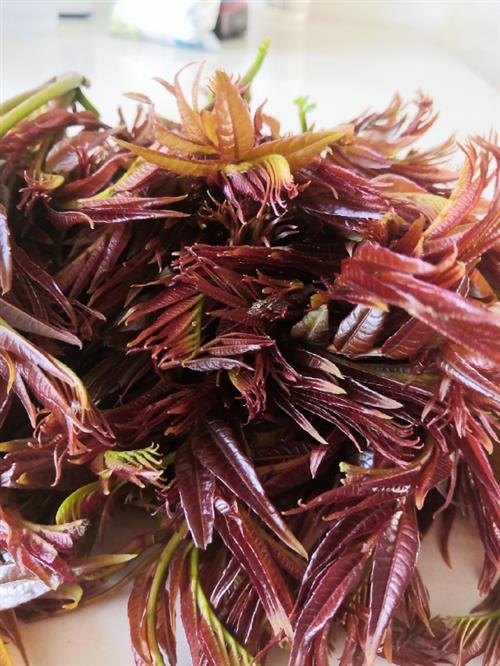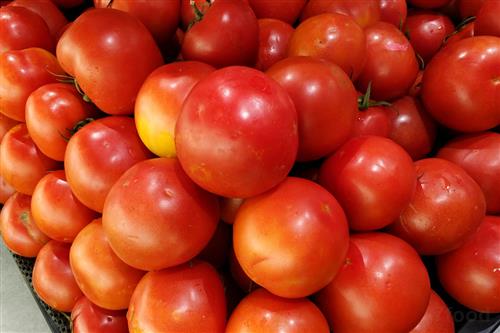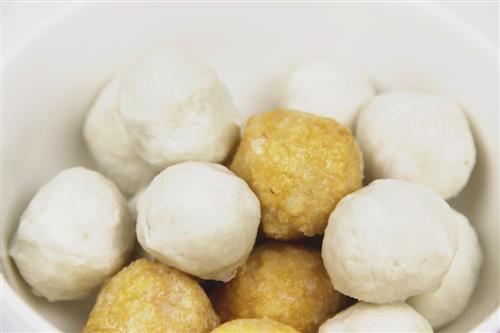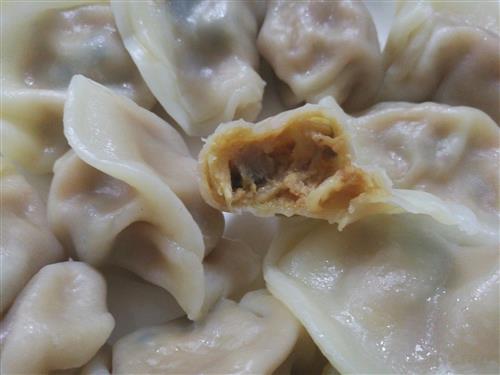(a) Identity —(1) Description. Bottled water is water that is intended for
human consumption and that is sealed in bottles or other containers with no
added ingredients except that it may optionally contain safe and suitable
antimicrobial agents. Fluoride may be optionally added within the limitations
established in § 165.110(b)(4)(ii). Bottled water may be used as an ingredient
in beverages (e.g., diluted juices, flavored bottled waters). It does not
include those food ingredients that are declared in ingredient labeling as
“water,” “carbonated water,” “disinfected water,” “filtered water,” “seltzer
water,” “soda water,” “sparkling water,” and “tonic water.” The processing and
bottling of bottled water shall comply with applicable regulations in part 129
of this chapter.
(2) Nomenclature. The name of the food is “bottled water,” “drinking
water,” or alternatively one or more of the following terms as
appropriate:
(i) The name of water from a well tapping a confined aquifer in which the
water level stands at some height above the top of the aquifer is “artesian
water” or “artesian well water.” Artesian water may be collected with the
assistance of external force to enhance the natural underground pressure. On
request, plants shall demonstrate to appropriate regulatory officials that the
water level stands at some height above the top of the aquifer.
(ii) The name of water from a subsurface saturated zone that is under a
pressure equal to or greater than atmospheric pressure is “ground water.” Ground
water must not be under the direct influence of surface water as defined in 40
CFR 141.2.
(iii) The name of water containing not less than 250 parts per million
(ppm) total dissolved solids (TDS), coming from a source tapped at one or more
bore holes or springs, originating from a geologically and physically protected
underground water source, may be “mineral water.” Mineral water shall be
distinguished from other types of water by its constant level and relative
proportions of minerals and trace elements at the point of emergence from the
source, due account being taken of the cycles of natural fluctuations. No
minerals may be added to this water.
(iv) The name of water that has been produced by distillation,
deionization, reverse osmosis, or other suitable processes and that meets the
definition of “purified water” in the United States Pharmacopeia, 23d Revision,
January 1, 1995, which is incorporated by reference in accordance with 5 U.S.C.
551(a) and 1 CFR part 51. (Copies may be obtained from the United States
Pharmacopial Convention, Inc., 12601 Twinbrook Pkwy., Rockville, MD 20852 and
may be examined at the Center for Food Safety and Applied Nutrition‘s Library,
5100 Paint Branch Pkwy., College Park, MD 20740, or at the National Archives and
Records Administration (NARA). For information on the availability of this
material at NARA, call 202-741-6030, or go to:
http://www.archives.gov/federal_register/code_of_federal_regulations/ibr_locations.html.
), may be “purified water” or “demineralized water.” Alternatively, the water
may be called “deionized water” if the water has been processed by deionization,
“distilled water” if it is produced by distillation, “reverse osmosis water” if
the water has been processed by reverse osmosis, and “___ drinking water” with
the blank being filled in with one of the defined terms describing the water in
this paragraph (e.g., “purified drinking water” or “deionized drinking
water”).
(v) The name of water that, after treatment and possible replacement of
carbon dioxide, contains the same amount of carbon dioxide from the source that
it had at emergence from the source may be “sparkling bottled water.”
(vi) The name of water derived from an underground formation from which
water flows naturally to the surface of the earth may be “spring water.” Spring
water shall be collected only at the spring or through a bore hole tapping the
underground formation feeding the spring. There shall be a natural force causing
the water to flow to the surface through a natural orifice. The location of the
spring shall be identified. Spring water collected with the use of an external
force shall be from the same underground stratum as the spring, as shown by a
measurable hydraulic connection using a hydrogeologically valid method between
the bore hole and the natural spring, and shall have all the physical
properties, before treatment, and be of the same composition and quality, as the
water that flows naturally to the surface of the earth. If spring water is
collected with the use of an external force, water must continue to flow
naturally to the surface of the earth through the spring‘s natural orifice.
Plants shall demonstrate, on request, to appropriate regulatory officials, using
a hydrogeologically valid method, that an appropriate hydraulic connection
exists between the natural orifice of the spring and the bore hole.
(vii) The name of water that meets the requirements under “Sterility Tests”in the United States Pharmacopeia, 23d Revision, January 1, 1995,
which is incorporated by reference in accordance with 5 U.S.C. 552(a) and 1 CFR
51. (Copies may be obtained from the United States Pharmacopeial Convention,
Inc., 12601 Twinbrook Pkwy., Rockville, MD 20852 and may be examined at the
Center for Food Safety and Applied Nutrition‘s Library, 5100 Paint Branch Pkwy.,
College Park, MD 20740, or at the National Archives and Records Administration
(NARA). For information on the availability of this material at NARA, call
202-741-6030, or go to:
http://www.archives.gov/federal_register/code_of_federal_regulations/ibr_locations.html.
), may be “sterile water.” Alternatively, the water may be called “sterilized
water.”
(viii) The name of water from a hole bored, drilled, or otherwise
constructed in the ground which taps the water of an aquifer may be “well
water.”
(3) Other label statements. (i) If the TDS content of mineral water is
below 500 ppm, or if it is greater than 1,500 ppm, the statement “low mineral
content” or the statement “high mineral content”, respectively, shall appear on
the principal display panel following the statement of identity in type size at
least one-half the size of the statement of identity but in no case of less than
one-sixteenth of an inch. If the TDS of mineral water is between 500 and 1,500
ppm, no additional statement need appear.
(ii) When bottled water comes from a community water system, as defined in
40 CFR 141.2, except when it has been treated to meet the definitions in
paragraphs (a)(2)(iv) and (a)(2)(vii) of this section and is labeled as such,
the label shall state “from a community water system” or, alternatively, “from a
municipal source” as appropriate, on the principal display panel or panels. This
statement shall immediately and conspicuously precede or follow the name of the
food without intervening written, printed, or graphic matter, other than
statements required by paragraph (c) of this section, in type size at least
one-half the size of the statement of identity but in no case of less than
one-sixteenth of an inch.
(iii) When the label or labeling of a bottled water product states or
implies (e.g., through label statements or vignettes with references to infants)
that the bottled water is for use in feeding infants, and the product is not
commercially sterile under § 113.3(e)(3)(i) of this chapter, the product‘s label
shall bear conspicuou
相关搜索: 瓶装水

